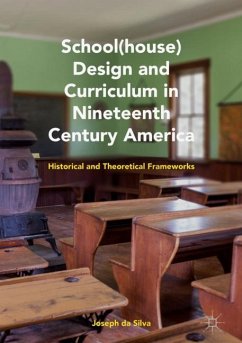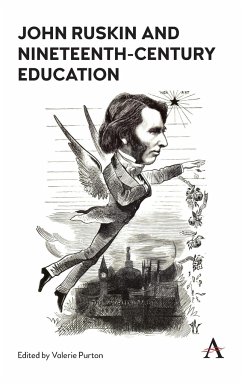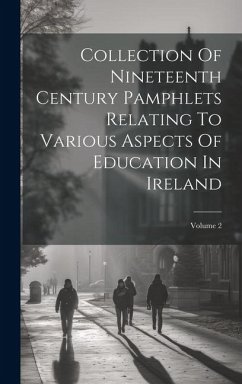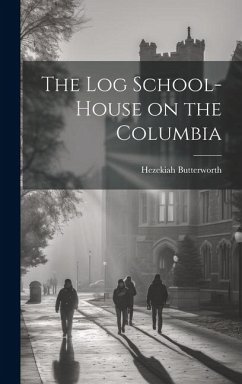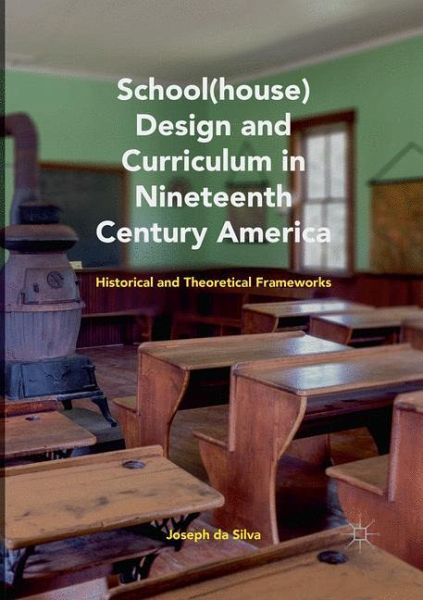
School(house) Design and Curriculum in Nineteenth Century America
Historical and Theoretical Frameworks
Versandkostenfrei!
Versandfertig in 6-10 Tagen
68,99 €
inkl. MwSt.
Weitere Ausgaben:

PAYBACK Punkte
34 °P sammeln!
This book examines the formative relationship between nineteenth century American school architecture and curriculum. While other studies have queried the intersections of school architecture and curriculum, they approach them without consideration for the ways in which their relationships are culturally formative-or how they reproduce or resist extant inequities in the United States. Da Silva addresses this gap in the school design archive with a cross-disciplinary approach, taking to task the cultural consequences of the relationship between these two primary elements of teaching and learnin...
This book examines the formative relationship between nineteenth century American school architecture and curriculum. While other studies have queried the intersections of school architecture and curriculum, they approach them without consideration for the ways in which their relationships are culturally formative-or how they reproduce or resist extant inequities in the United States. Da Silva addresses this gap in the school design archive with a cross-disciplinary approach, taking to task the cultural consequences of the relationship between these two primary elements of teaching and learning in a 'hotspot' of American education-the nineteenth century. Providing a historical and theoretical framework for practitioners and scholars in evaluating the politics of modern American school design, the book holds a mirror to the oft-criticized state of American education today.



